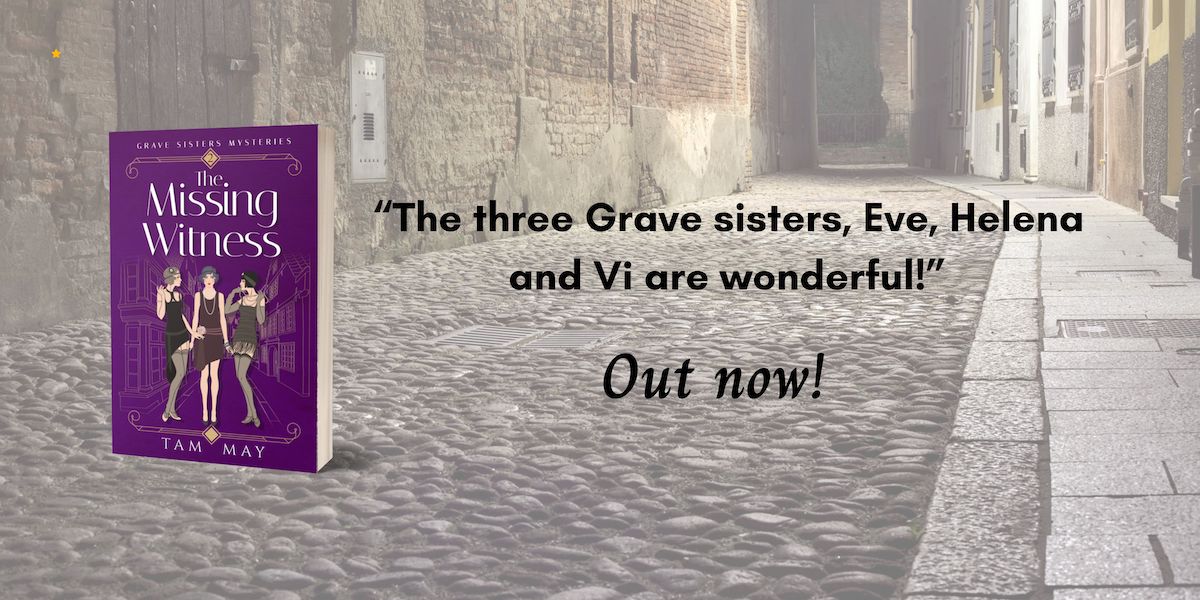It’s Halloween in the United States today, and if you live in America, you likely already have bags of candy stashed on the front table near your door, expecting little nippers to come knocking and calling “trick or treat!”
Halloween these days is a relatively tame affair where fun is the name of the game. It means dressing up in costumes, taking the kids door to door to get candy, and for some, attending a party or settling on the couch to watch spooky movies (I already have my collection of classic horror films geared up). But in the early 20th century, kids had a very different idea of what constituted “fun” for Halloween. Mischief and mayhem were the order of the day (or, I should say, the night).
What do I mean by mischief? Watch this clip from the 1944 classic film Meet Me in St. Louis. The film is set in 1904 and gives a pretty accurate glimpse of how kids celebrated Halloween in the early 20th century. In the scene, kids build a bonfire, throwing in anything flammable they can get their hands on (and one suspects some of the chairs they’re throwing into the fire might have been ripped off neighborhood porches). Then, they huddle together, trying to figure out who they’re going to torture with their bags of flour (yes, knocking on someone’s door and throwing flour in their face was a thing back then). That was the turn-of-the-century’s idea of Halloween fun.

Photo Credit: A non-grotesque and non-creepy Halloween costume of a witch, 1910: jamesjoel/Flickr/CC BY ND 2.0
This scene also shows how kids dressed up for Halloween over one hundred years ago (and if you’re curious to see more costumes from this era, you can look here). Unlike today where we’re more likely to see cute costumes on smaller kids and spooky-fun costumes on older kids, kids used whatever they could find around the house. The results were creepier and, in some cases, even grotesque.
Trick-or-treating is an organized affair in the 21st century. In the neighborhoods in my area, the local newspaper designates specific days (not necessarily October 31) and times when trick-or-treaters can go around town. In the early 20th century, things were a lot more chaotic. Kids would go trick-or-treating in parades and they could become quite unruly. And did they get candy? Not always. Until the mid-20th century, kids got whatever was lying around. That could be a toy or a game the child of the house didn’t want anymore or some non-candy goodies or fruits or nuts (which would make many moms and dads very happy today).
But what really characterized early 20th-century Halloween was mischief. In addition to the bonfire and the flour-in-the-face, it wasn’t unusual for kids to vandalize homes belonging to people in town they didn’t like or even steal things off their lawn or porch (in the film clip above, one of the adults warns her children to return a neighbor’s hammock after they steal it). I remember when I was a kid, Halloween meant you were at risk of being “egged” (having kids throw rotten eggs at your house) if you didn’t open the door and give out candy. Thankfully, that practice has largely gone out of style.
I talk a lot about holiday history and traditions in my newsletter. So come sign up and get a free book from the Adele Gossling Mysteries series!








